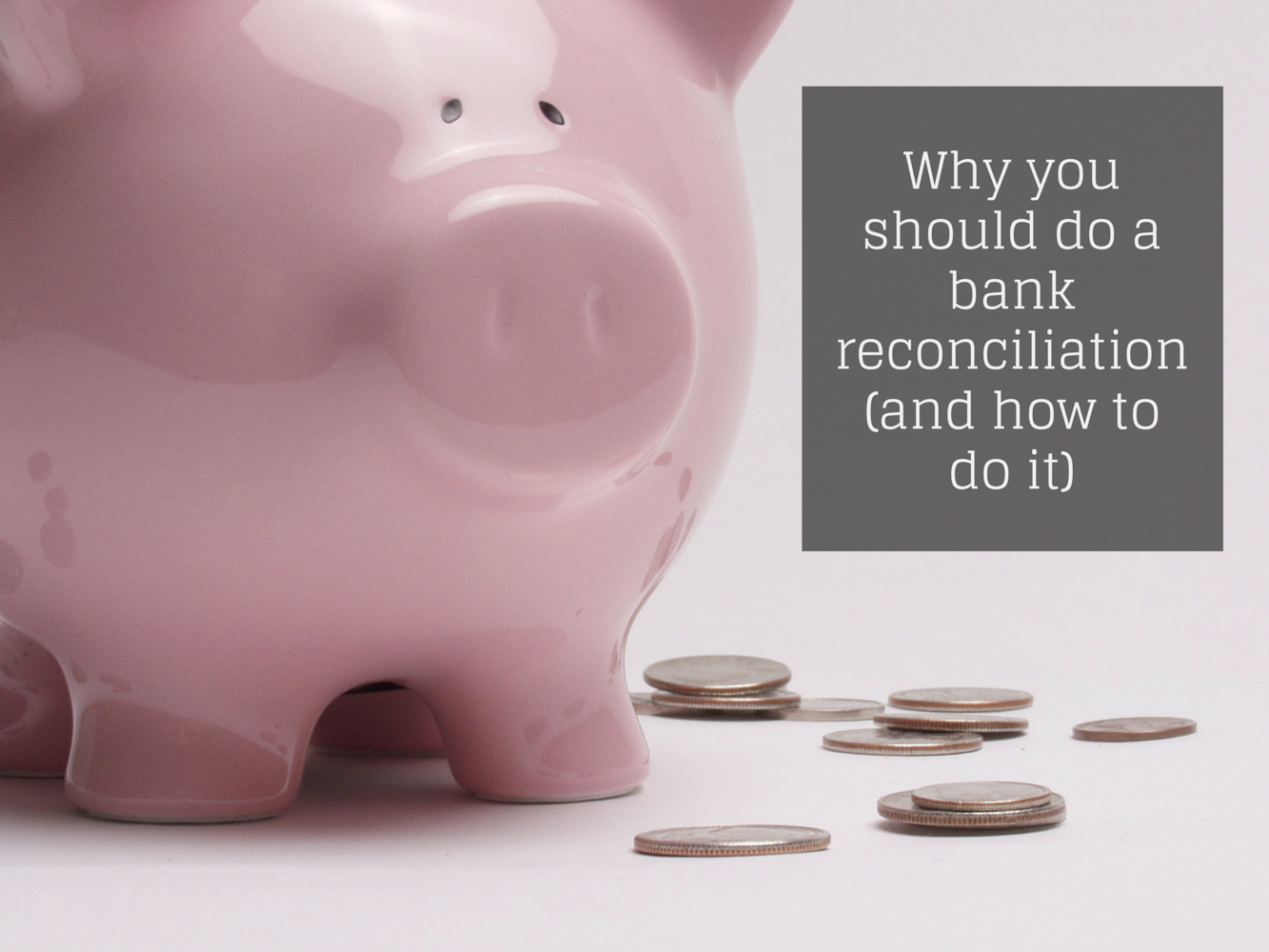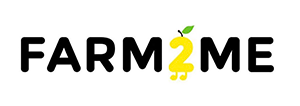by The Ingredients Of Business
Is your business growing?
Are you expanding, moving out of local markets and selling directly to supermarkets and other grocery stores? Are you finally in a position to hire staff to support you? While growth is what you want to see in your business, you also want to make sure you have your controls in place to cope with this growth. Bed those pesky controls down early in the life of your business and that growth is going to be much easier to manage.
One control process that I recommend all small businesses get on top of and understand early is preparing and using a bank reconciliation. If you are using accounting software many of them will have this function built in to them but you still need to actively use the function to get the benefit of it.
What is a bank reconciliation?
So what is a bank reconciliation? It is where you reconcile what your accounting software says you have in the bank to what you actually have in the bank. I can hear you asking shouldn’t these be the same. And of course for most small businesses the answer is mostly yes. But even in the beginning, there will be items like bank charges that you may not yet have entered in to your accounting system. Or you have received an electronic payment from customers but not yet recorded it in your accounts.
Then there may still be some suppliers who only accept cheque payments and are annoyingly slow at banking the cheque (believe me they still exist!) This last group are probably the most dangerous as it can be easy to forget you wrote that cheque, especially when it takes the supplier a couple of months to bank it. You let the balance in your bank account fall below the value of the cheque and next thing you know, they have banked that cheque and it has bounced leading to damaged reputations and often hefty bank fees.
Why do a bank reconciliation?
Well first off so you don’t get caught out by cheques that haven’t been cleared. But there are other reasons as well. If you are using accounting software you want to make sure you record when invoices you have sent out are paid. That way when you run your report showing you who owes you money, you know it is accurate. Not a professional look if you are chasing up someone who has paid you.
Plus you may have the occasional dodgy supplier ringing up claiming to have lost that cheque. The bank reconciliation enables you to check whether they have banked your cheque or not before you go reissuing a new one (hopefully your bank would also tell you when you went to cancel the original but it is better to be safe than sorry).
As you grow you will also use the bank reconciliation to check on what payments and receipts are going through your bank account. A regular bank reconciliation is a great opportunity to check what has been paid and received during the month and to whom, especially as you start delegating responsibilities or hire a bookkeeper.
When should you do a bank reconciliation?
How often you do your bank reconciliation depends on how many transactions you get and how tight your cash is. I suggest doing one at least monthly as I recommend chasing up outstanding debtors at least monthly and you need the information up to date to do that.
But if cash is tight then weekly might be more appropriate for you, as it will give you a starting point each week for managing your cash. More frequently than weekly is probably not necessary for most small businesses, but as you get larger, daily reconciliations may be needed, particularly if you are actively moving money in to high interest savings accounts at the end of each day as large businesses often do.
How to do a bank reconciliation?
If you are using accounting software like Xero, MYOB or Wave and have your bank accounts linked to the software, they have handy reconciliation tools and in many cases, the bank reconciliation almost occurs automatically each day. You go into the bank section of the software and match off uploaded bank statement transactions against transaction in the accounting software. You may need to add transactions such as bank charges to your accounting records. You then go to the reconciliation part of the software and enter the bank balance and what the software should show you is the difference between the bank statement balance and your accounting software. The reconciling items should mainly be cheques you have written that have not yet been deposited by your suppliers and receipts received as cash and cheques that you have not yet taken to the bank.
If you aren’t using accounting software and are using a cashbook on spreadsheets it should still be a fairly straightforward process. Write your bank balance at the top of the page, add any cheques or cash received that you have recorded in your cashbook but haven’t banked, deduct any cheques that haven’t been cashed and check for things like bank charges which you haven’t put through your cashbook and add this back to the balance. This should add up to the balance you have in your cashbook:
For example:
Bank Balance: $1,000
Cheques or cash receipts recorded not banked: $500
Cheques to suppliers not yet cashed: -$250
Bank charges not recorded:$10
Revised bank balance: $1,260
Cash book:$1,260
But what happens if it doesn’t balance? Then it is just the painful process of going back and checking off all your transactions in your cash book against your bank statement. The first step should always be making sure that the opening balances are correct and that you are adding things up correctly. If after checking off all your transactions again it still doesn’t match then this is flagging to you that you have a problem.
Look at what transactions don’t match. For example are your cash deposits regularly coming up short? This could suggest either day end cash counting processes aren’t working properly or at the worst someone is stealing. Whatever it is, the reconciliation is flagging something you need to get on top of as quickly as possible.
Managing your cash and bank accounts is vital to any business small or large and getting an understanding of how to do a bank reconciliation while you are small and have fewer transactions is a great step to keeping in control as you grow. If you wait until you are too big, it can be very confusing and much more complicated.

Caroline Wood is a chartered accountant with over 15 years’ experience working with business, government and not for profits helping them manage their finances and cash flows, improve their systems and develop workable business plans. She has a love of food and prior to becoming an accountant, Caroline was a catering officer in the Royal Australia Air Force. Caroline is now combining her love of small business and food with her business The Ingredients of Business which supports people in getting their new food business dreams off the ground. Caroline also blogs about her cooking experiences at Shrinking Single.


